
We truly believe in routine eye examinations so that you can see as clearly as possible. Once you have to get glasses or contacts, it is even more important to watch the health of your eyes. You also need routine checks to ensure your prescription has not changed.
To ensure good eye health and vision, we are very proud to offer the following services:
- ADD and ADHD
- Amblyopia (Lazy Eye)
- Brain Injury (Concussion / Stroke)
- Comprehensive Eye Exams
- Computer Vision
- Concussions
- Contact Lenses
- Dyslexia
- Hyperopia
- Learning-Related Vision Issues
- Myopia Control
- Pediatric Eye Exams
- Phototherapy
- Primitive Reflex Integration
- Prism / Micro Prism
- Reading and Learning Disabilities
- Special Needs
- Sports Vision Training
- Strabismus (Eye Turn inward/outward)
- Surgery Co-Management
- Visual Processing Dysfunction
Within our office we provide a range of services primarily focused around vision problems relating to reading, attention, dizziness (including getting visually overwhelmed by too much visual stimuli) as well as balance and movement. In addition, we work with patients identified as neurodivergent including those with attention disorders or on the autism spectrum.
We provide specific diagnosis and treatment through Neuro-Optometric Interventions. We routinely collaborate with other specialists including Educational Therapists, Neuro-Psychologists, Neurologists, Occupational Therapists, Physical Therapists, Speech Language Pathologists, ABA Therapists, and Audiologists to aid our patients in their journey to improving their vision.
Vision involves more than just seeing the letters clearly on the eye chart. We see and observe our world not just with our eyes but vision is actually processed in our brain. When it is not processed correctly it can cause difficulty with activities in our daily lives.
When vision doesn’t develop correctly, visual skills are lost due to concussion, illness or neurological issues, or when one’s career can benefit from visual enhancement, such as athletic performance, we can help.
We provide services for patients with a variety of needs:
- Acquired and Traumatic Brain Injury
- Autism Spectrum Disorders
- Developmental Delays
- Learning-Related Vision Issues
- Myopia Control
- Non-Surgical Treatment for Strabismus (eye turns)
- Occlusion Therapy
- Pediatric Exams
- Post-Concussion Vision Disorders
- Post Traumatic Vision Syndrome
- Prism Evaluation
- Sports Vision Training
- Tinted Lens Evaluation
- Treatment for Amblyopia (Lazy Eye) without Patching
- Visual Snow/HPPD
As our practice continues to grow, we place an emphasis on services that provide not only support for patients through their current difficulties but also to be a resource for their future visual demands.

ADD and ADHD
These disorders can potentially impact anything that requires planning and coordinating, from sleeping and eating to doing long-term projects. They can even affect the way someone speaks and listens to conversations.
Many people are hyperactive, but some are more hyperactive than others. Many of these people suffer from ADD or ADHD. Currently 11% of Americans between ages 11-17 have ADD or ADHD.
Some symptoms of ADD or ADHD include trouble focusing and being easily distracted. People may struggle to follow directions and become impatient quickly. They may show emotions without restraint and be full of energy. Many are quite forgetful and struggle to focus on just one thing at a time.
If left untreated, one can experience low self-esteem, suffer from depression, or even engage in self-harming behavior. If you or a loved one suffers from ADD or ADHD, there are some easy steps you can take to reduce the effects of the disease. By getting help quickly, you will start to feel like yourself again.

Amblyopia (Lazy Eye)
Amblyopia, commonly known as lazy eye, is a condition where one eye has reduced vision because it and the brain aren’t working together properly. The eye itself may look normal, but the brain favors the other eye, leading to poor vision in the weaker one.
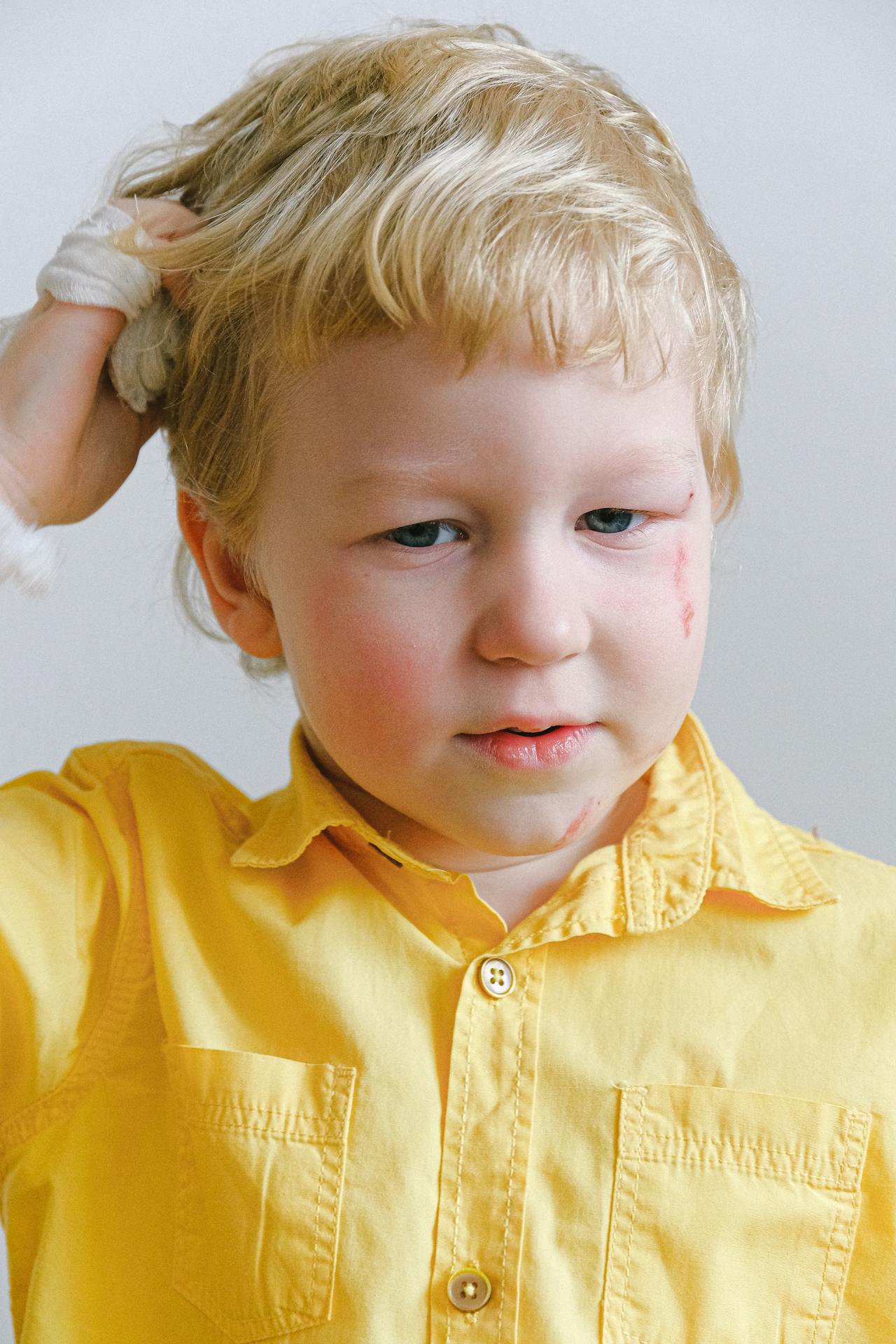
Brain Injury (Concussion / Stroke)
A brain injury and a stroke are both conditions that damage brain tissue, but they happen in different ways:
- Brain injury can be traumatic (like from a fall, car accident, or sports impact) or non-traumatic (like from lack of oxygen, infection, or toxic exposure).
- Stroke happens when blood flow to part of the brain is blocked (ischemic stroke) or when a blood vessel bursts (hemorrhagic stroke), causing brain cells to die.
- Your brain—not your eyes—does most of the “seeing.” The eyes capture light and send information through the optic nerves to the brain, where different regions process it. If a brain injury or stroke damages these areas or the visual pathways, vision can be affected in several ways.
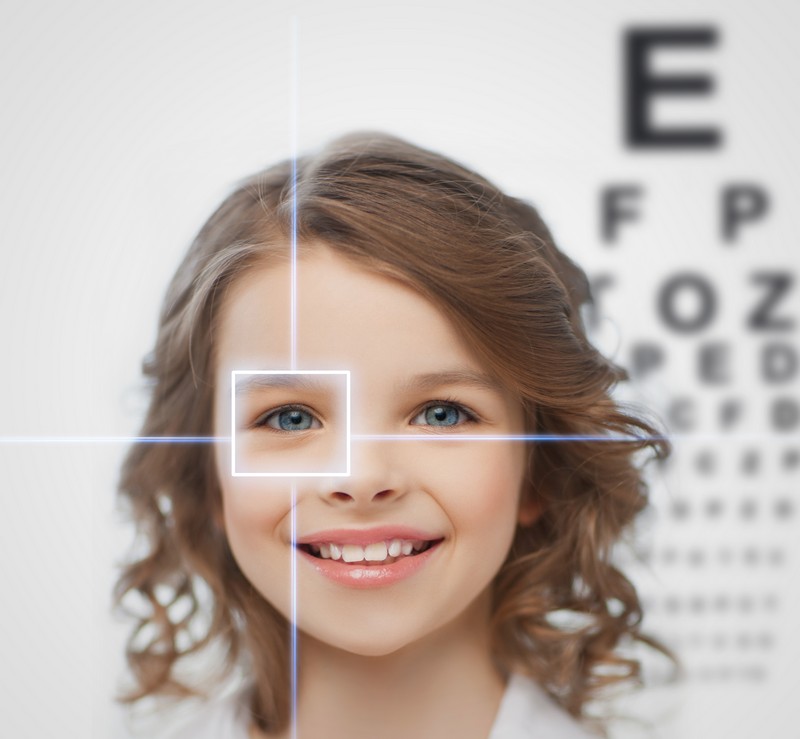
Comprehensive Eye Exams
On average, we recommend scheduling an appointment once every two years to ensure your eyes are remaining healthy. If you have been diagnosed with an eye condition, however, we recommend scheduling an appointment once or twice a year depending on the severity.
During your appointment, we will review your patient history, visual acuity, perform preliminary tests, and evaluate your eyes’ overall health.
request an appointment
Computer Vision
Computer Vision is a relatively new term within the optometry field and refers to eye problems associated with the prolonged use of computers and electronics that utilize a digital screen. Although it can be temporary, there are times when computer vision can strain the eyes to a degree that permanently affects your vision as well. An existing eye condition can worsen as the eyes try to focus and adjust to a computer screen, and precautions should be taken if you spend long hours in front of a computer screen.
If you have been experiencing blurry vision, dry eyes, eye strain, headaches, neck or back pain, try adjusting the lighting, posture, and the distance in front of your computer screen. If computer vision symptoms persist, call us to request an appointment, we will perform a full evaluation.
request an appointment
Contact Lenses
Nowadays, most people prefer to wear contacts instead of glasses. If you are interested in contact lenses, please let your eye doctor know prior to your appointment. During your exam, we will discuss the various contact lenses available and determine the best option based on your individual needs and lifestyle.
request an appointment
Dyslexia
Many parents worry that if their child has dyslexia it will affect their future job or even lead to other issues. Many parents start to feel overwhelmed, especially if they are just starting to research the disease.
Many people believe that dyslexia is a sign of low intelligence, but that is just a myth. Dyslexia affects the way the brain works when a person is writing, spelling, or even speaking.
People with dyslexia have a hard time understanding large ideas. Most times they are able to understand the ideas eventually but just need additional time, which can be frustrating for them and those around them.

Hyperopia
Farsightedness, known as hyperopia, makes it difficult to see objects close by. If you are experiencing farsightedness, corrective lenses such as glasses or contact lenses will be prescribed. After a thorough examination, we will determine the prescription that’s best for you.
request an appointment
Learning-Related Vision Issues
Approximately 80 percent of what children learn in school is presented to them visually. Experts say that vision and learning are closely related and good vision is vital for students to be able to reach their fullest academic potential.
When a child has difficulty in school, this could be an indicator of vision problems and should be evaluated right away.
Beyond the common problems of nearsightedness and farsightedness, there is a wealth of other visual disorders that can make the learning process more difficult. These disorders are less obvious and relate to the ways the eyes function and the ways the brain processes this visual information. Vision-related learning problems should not be confused with learning disabilities.
Some common symptoms of vision-related learning problems include headaches, eye strain, blurred or double vision, crossed eyes or eyes that move independently from each other, reading or writing close up to the face, excessive blinking or rubbing the eyes frequently, and persistent reversal of words or letters.
request an appointment

Myopia Control
Nearsightedness, known as myopia, makes it difficult to see objects from afar. If you are experiencing nearsightedness, corrective lenses such as glasses or contact lenses will be prescribed. After a thorough examination, we will determine the prescription that’s best for you.
request an appointment
Pediatric Eye Exams
Here at Visual Processing Optometry, we are proud to offer pediatric eye examinations. Children should have their first eye exam around the age of six months. If the first exam finds that their eyes are healthy, they won’t need another appointment until they are between the age of two and three.
Although many schools offer annual eye exams, they are not complete visual exams and the results can be inaccurate. For this reason, you should schedule yearly or bi-yearly examinations to ensure that your child’s eyes are healthy and that he or she can see clearly.
request an appointment
Phototherapy
The light can be visible (like in seasonal affective disorder lamps), near-infrared, or ultraviolet, depending on the condition being treated.
Light is energy, and when it’s directed onto the skin or into the eyes (in controlled, safe ways), it can:
- Influence biological rhythms (circadian cycle)
- Trigger chemical changes in cells
- Reduce inflammation or promote healing
- Influence neurotransmitter production in the brain
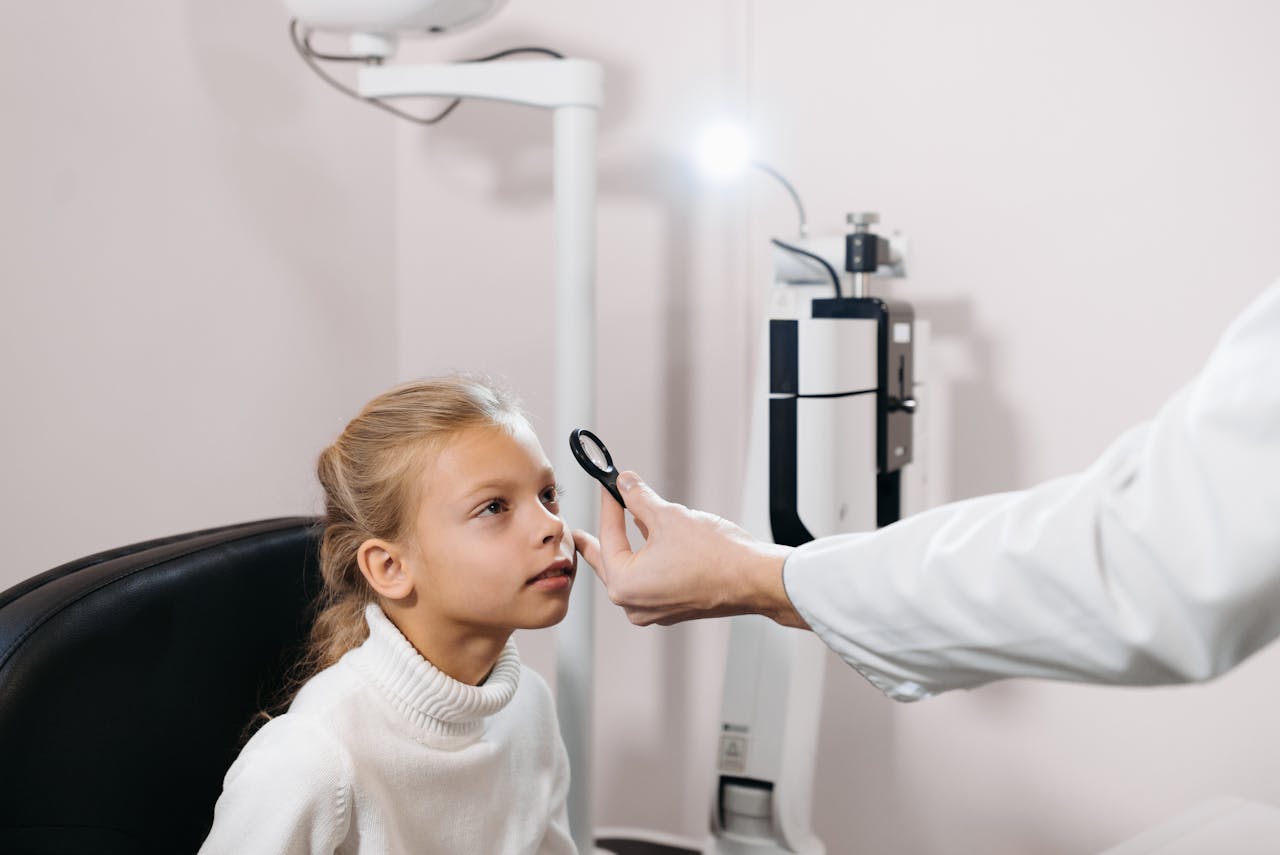
Primitive Reflex Integration
Primitive reflexes are automatic, involuntary movements or responses that newborn babies are born with.
They’re controlled by the brainstem and spinal cord (the most “primitive” parts of the nervous system), and they help with early survival, development, and movement before higher brain functions are fully developed.
Key points:
- Purpose in infants: They help with feeding, protection, and initial motor development.
- Normal timeline: They appear in the womb or at birth, and most disappear within the first year as the brain’s higher centers mature and take over movement control.
- Persistence in older children or adults: If they reappear later in life—such as after a brain injury or stroke—it usually means there’s damage to the brain’s higher control centers. This is called “frontal release” because the frontal lobes normally keep these reflexes suppressed.
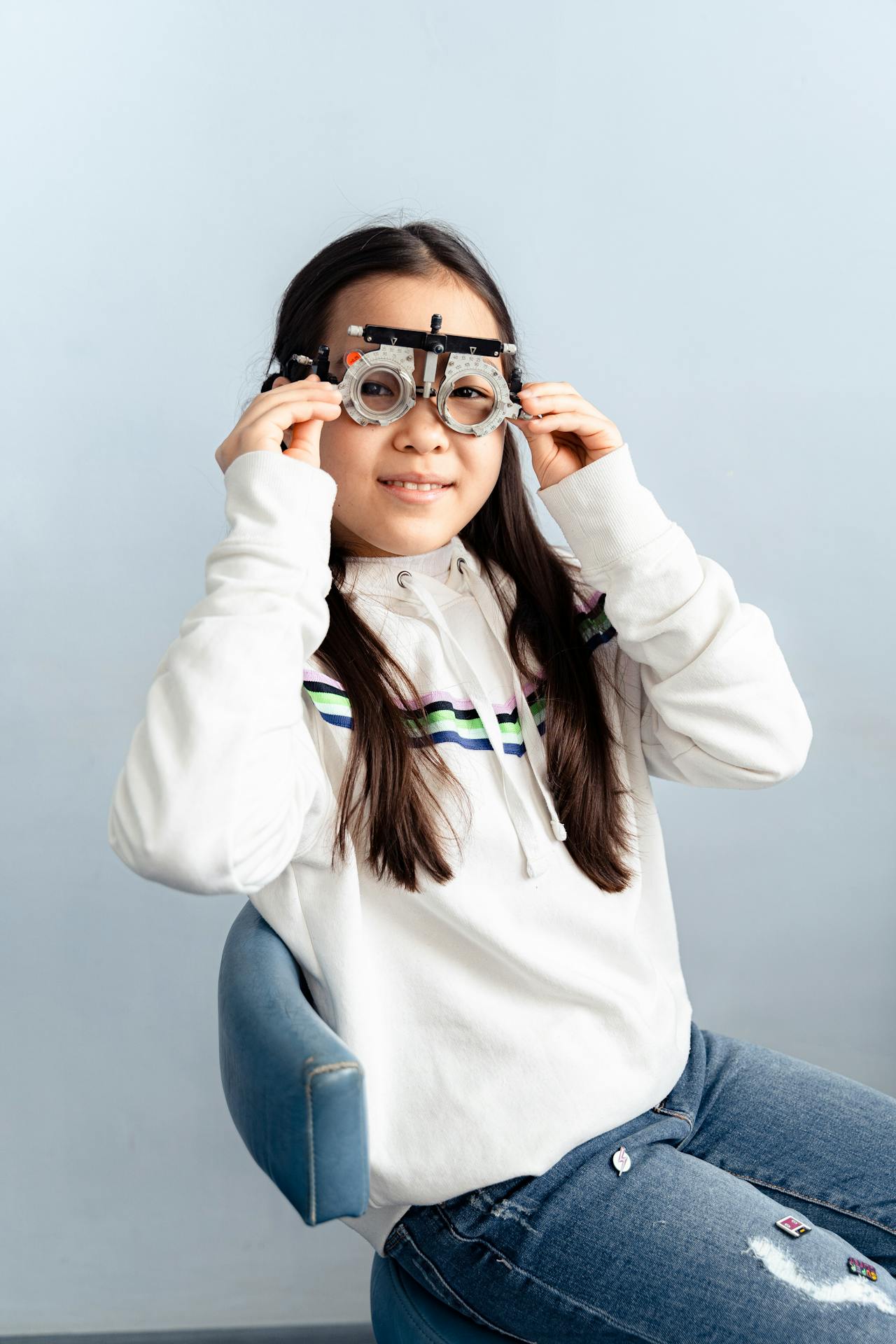
Prism / Micro Prism
Prism prescribing is when an eye care professional adds a special type of lens—called a prism—into glasses to change the way light enters the eyes, effectively shifting the image’s position.
- Microprism refers to very low-power prism—often less than 1 prism diopter—embedded into the lens.
- Used for subtle binocular vision issues or small misalignments that may not cause constant double vision but can lead to:
- Eye strain
- Headaches
- Reading difficulty

Reading and Learning Disabilities
Approximately 80 percent of what children learn in school is presented to them visually. Experts say that vision and learning are closely related and good vision is vital for students to be able to reach their fullest academic potential.
When a child has difficulty in school, this could be an indicator of vision problems and should be evaluated right away.
Beyond the common problems of nearsightedness and farsightedness, there is a wealth of other visual disorders that can make the learning process more difficult. These disorders are less obvious and relate to the ways the eyes function and the ways the brain processes this visual information. Vision-related learning problems should not be confused with learning disabilities.
Some common symptoms of vision-related learning problems include headaches, eye strain, blurred or double vision, crossed eyes or eyes that move independently from each other, reading or writing close up to the face, excessive blinking or rubbing the eyes frequently, and persistent reversal of words or letters.

Concussions
Doctors see various types of concussions, some more serious than others. Though many people don’t think that they need to see us, visual problems can be a sign of a concussion.
A visionary concussion is when the visual area of the brain is affected. Most concussions that linger past a few weeks actually have a visual component associated with them. This is why it is so important to be checked out by a sports vision clinic when you first get a concussion.
Vision exercise and vision therapy can help you recover from your concussion. Here at Visual Processing Optometry, we have the best doctors to ensure that your vision returns to how it was before. It is our goal to get you back to playing sports and being active as soon as possible.

Special Needs
We understand that children with special medical needs have a higher incidence of visual problems. In addition to nearsightedness and farsightedness, they may have other disorders such as eye turns, eye movement dysfunction, distorted depth perception, and visual information-processing defects.
An eye exam is a critical component in the care of adults and children with special needs and we recommend working with a provider who has both a special interest and extensive training in the area.
We provide a specialized examination for patients who require modifications. The examination is tailored to the patient’s level of verbal responsiveness and ability to communicate with the doctor. We will adapt each examination to the patient’s needs.

Sports Vision Training
A sports vision training program can be individualized to fit your specific needs and goals. For example, in archery it is important to know which eye is dominant so you can choose the right bow to align with the target. We will help you determine this. In many cases, it is not actually the eye that people may think.
Depending on your sport and the results of comprehensive eye testing, you may need training that will help you with skills such as anticipating the trajectory of a bouncing ball. Computer simulations can be used as training tools, including those that help batters accurately anticipate where a fastball or a curve ball will be located when it’s time to take a swing.
Some sports vision specialists even use techniques such as visual imagery (visualization) to help athletes imagine themselves performing at a peak level. You may be asked to see yourself dashing across the finish line in record time or aiming your rifle in precisely the right way to hit the target. These are just a few examples of how sports vision training can be extremely beneficial to you.
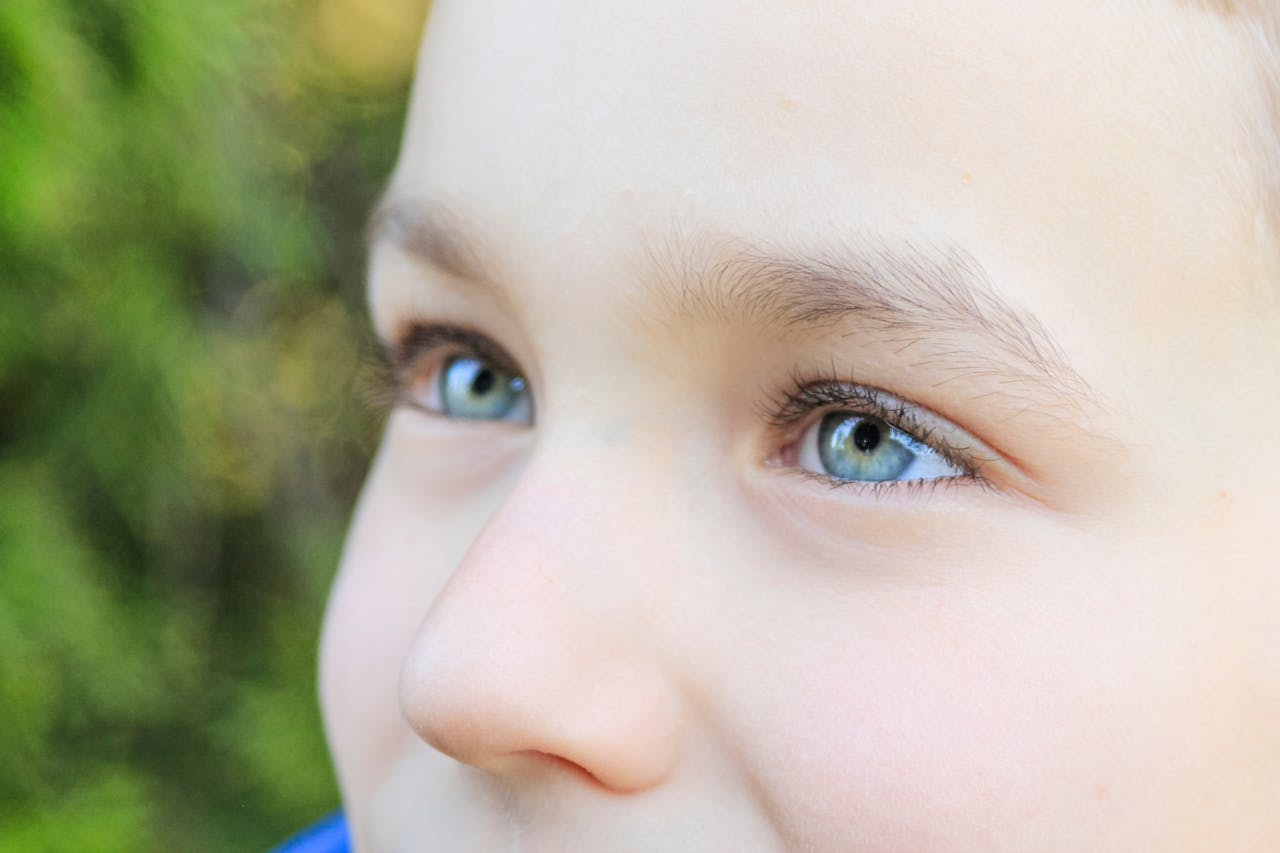
Strabismus (Eye Turn inward/outward)
Strabismus is a visual condition in which the eyes are misaligned and do not look at the same point at the same time. One eye may turn inward (esotropia), outward (exotropia), upward (hypertropia), or downward (hypotropia) while the other eye focuses correctly.
Strabismus and the Brain:
- The brain relies on binocular vision (both eyes working together) for depth perception.
- With strabismus, the brain often suppresses input from the misaligned eye to avoid double vision.
- Over time, this can weaken the suppressed eye (leading to amblyopia) and interfere with 3D vision.

Surgery Co-Management
If you are interested in laser surgery, we will begin with a comprehensive eye examination, which will let us know more about you and your needs. We may have to perform some testing to properly diagnose your eye conditions. During this time, the surgeon and staff will go over what you can expect before, during and after the procedure; we want to make sure to give you realistic answers for your unique vision.
request an appointment
Visual Processing Dysfunction
Visual Processing Dysfunction (VPD)—also called Visual Processing Disorder—is a condition where the brain has difficulty interpreting and making sense of visual information, even though the eyes themselves are functioning normally. It affects how the brain processes what is seen, not how clearly one sees.
Key Facts:
- Not an eye problem: Vision may be 20/20, but the brain struggles to understand what the eyes see.
- Neurological in nature: It’s a brain-based processing issue.
- Often co-occurs with other learning or developmental disorders like ADHD, dyslexia, or sensory processing disorder.
